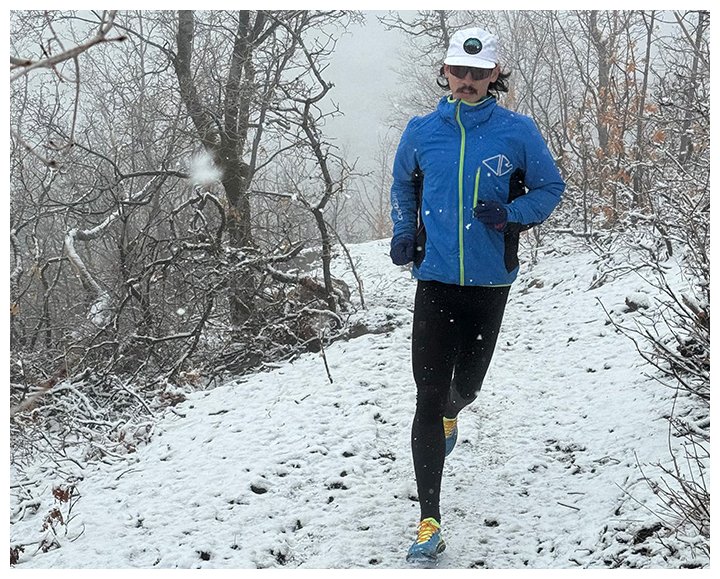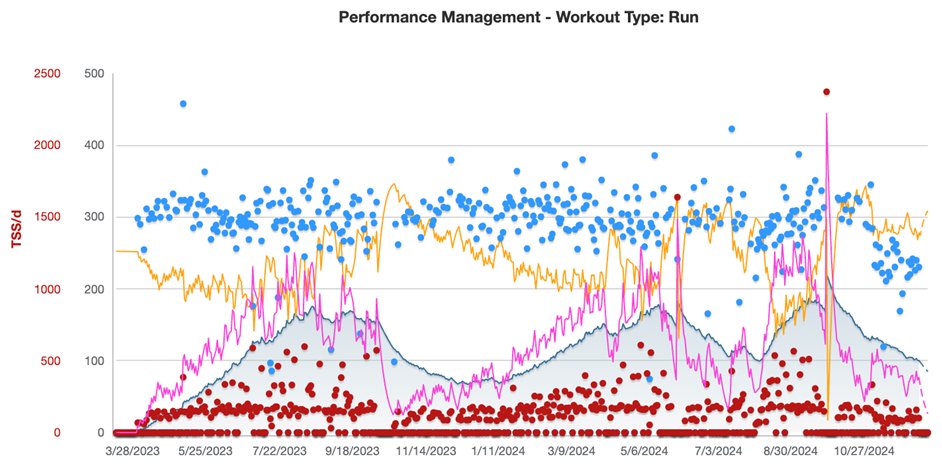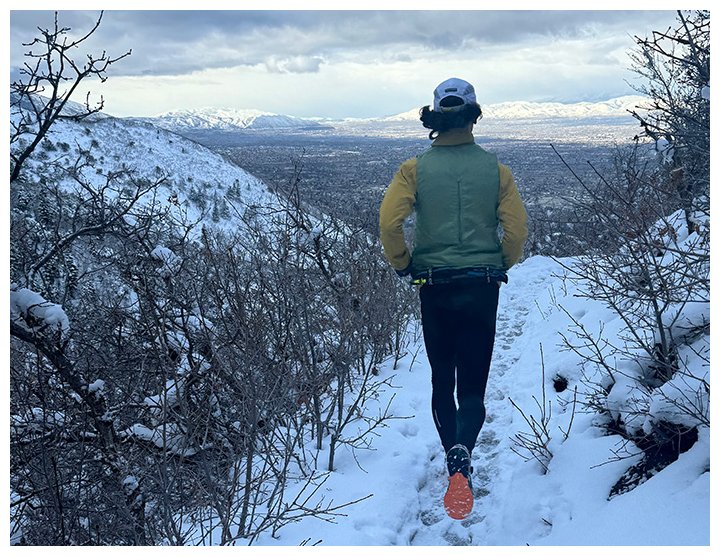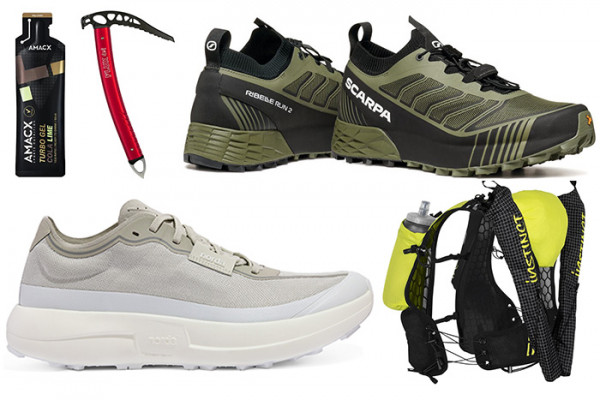1/24/2025 Nobody Likes to Jump on Thin Ice
By Laura LaMarche, DPT
About authorFor many Salt Lake runners, the concept of keeping up some run volume in the winter isn’t new. But let’s be honest—when the temperatures drop, motivation tends to follow. And if we’re being honest, many of us get downright distracted by winter sports. Hands up if you’re all about Skimo, Nordic skiing, or days in the backcountry?!
Focusing on winter sports offers so much value—quality time in the mountains, breathtaking views, and the full-body workout they deliver. Most of these sports are fantastic for building cardiovascular fitness and overall strength, leaving you with a well-tuned "engine" as spring rolls around.
But here’s the catch: skiing and other gliding sports don’t do much for impact tolerance, especially in your lower legs, ankles, and feet. When your ankles are locked in a ski boot, they work isometrically (keeping you stable without moving much), but running requires something entirely different—dynamic movement, flexibility, and impact absorption in every stride.

So, how much running is enough in the winter? Can you just stick to the treadmill?
While there isn’t one-size-fits-all research to answer this, maintaining 30–50% of your summer running volume is a good rule of thumb. This keeps your legs conditioned for impact without overloading them during ski season.
To track this balance, I use tools like the Training Peaks Dashboard. It helps me monitor "chronic workload" (your long-term base in solid blue below) and adjust "acute workload" (your current training demands = the pink line) accordingly. It’s much easier to keep things in check with a platform like this to ensure your base isn’t dropping too far below the peaks of where you were over the run season.

This Training Peaks Dashboard graph highlights the difference consistent winter training can make. In 2023, this runner started from scratch and reached their peak fitness by August. In 2024, by maintaining winter running volume, they reached their peak by June—saving weeks of training time and reducing injury risk.
Here are some tips to keep in mind over the winter:
Research indicates most of us take 24 weeks to build up solid tolerance to running (1/2 a year!) and 16 short weeks to lose it. Don’t take months off running in the winter unless you are ready to start from scratch!

Warning signs should go off if you find you have taken more than two weeks off running. Three weeks off? Consider it a red flag situation.
Supplement your winter with some plyometric training. Jumping and landing are essentially mimicking important elements of running, so this can be an excellent addition. Even jump rope can have value!
Keep your calves strong! Calf muscles are one of the lesser-used muscles in skiing but are critical for runners. A baseline value would be to maintain 2 x 20 single-leg calf raises off a step.
In short, Keep enjoying the powder and those epic ski days, but don’t let running slip entirely off your radar. A little consistency now will save you from starting over in the spring and risking injury. Keep your base solid, don’t break the ice!
Dr. Laura LaMarche, DPT, is a physical therapist with over a decade and a half of expertise in running biomechanics and injury prevention. She founded the University Orthopaedic Center Runner’s Clinic and recently opened The Gait Lab in the 9th and 9th area. Laura has helped countless athletes optimize performance and recover smarter, with a wide-ranging spectrum from novice to elite athletes. Laura is also a USATF Level II Certified Coach and a frequent speaker on running mechanics and training strategies. When she's not analyzing strides or fine-tuning training plans, you can find her enjoying Utah's outdoors—whether it’s on the trails or hitting the slopes.
Comments

4/9/2025
2025 Running Season Preview







